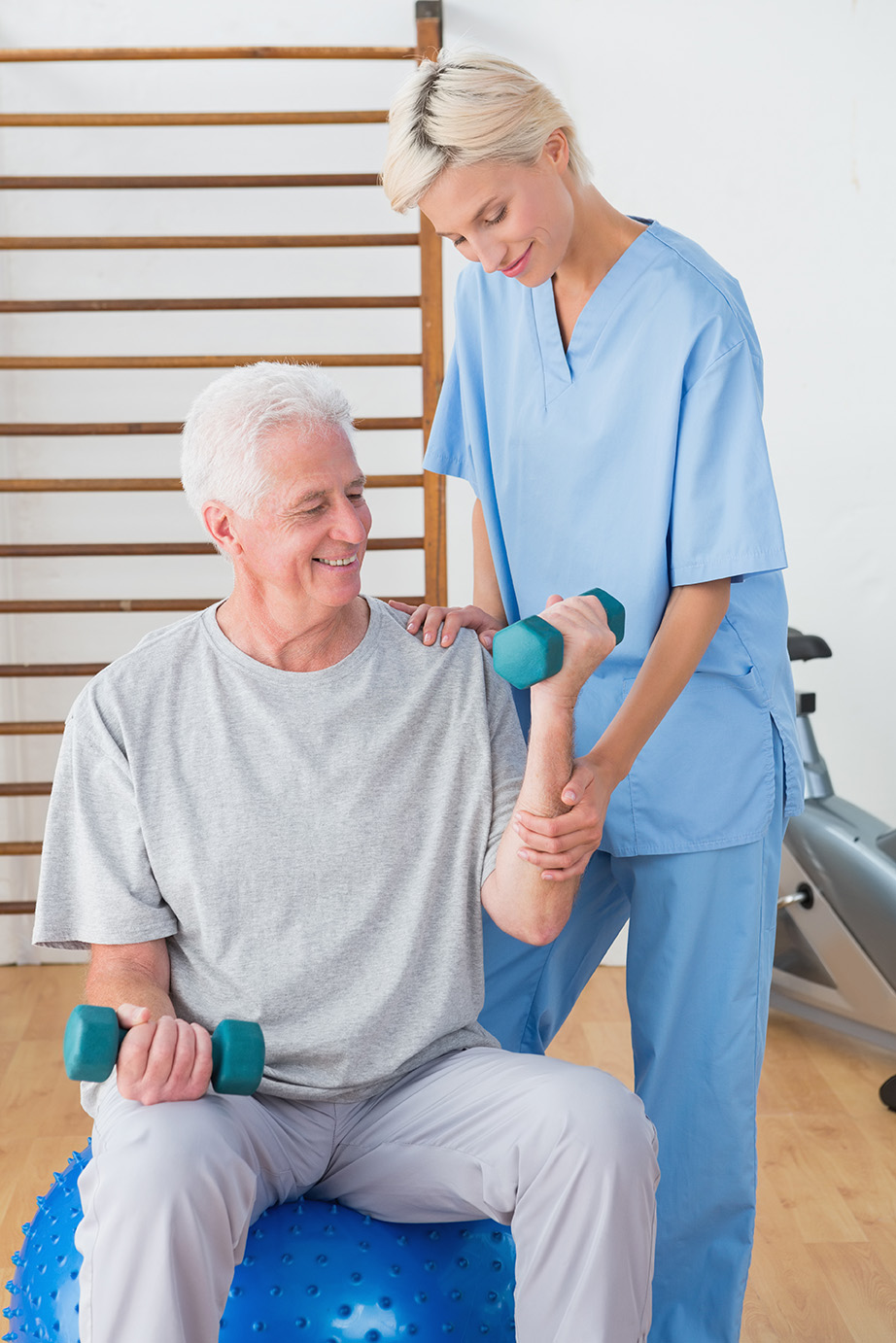Goals
Maximize efficiency & safety of functional movement
- Functional activity (ADLs, gait, transfers) improves ONLY when the underlying impairment is addressed
- Be specific with underlying impairments for each task
- Function not form: task analysis vs. rep/set & weight selection
Plan of action
Alignment–>Trunk Initiation–>How Muscle is Used–>Muscle Activation–>Re-education
Alignment:
- Pick one task at a time
- Assess for proper alignment
- If not in proper alignment, remedial work needed on ROM, flexibility, soft tissue work, core strength & stability
Trunk Initiation:
- Where does the trunk initiate movement for the task?
- Is resident able to get in that position? If not, that is your exercise!
- If resident is able, then move on to analysis of how muscle is used
How Muscle is Used:
- Open chain
- Closed chain
- Slow or fast twitch fibers
- Speed vs endurance task
Muscle Activation:
- What joints are needed for the task?
- What muscles are responsible for action?
- Start activation:
- Single plane supported à unsupported
- Maintain proximal control
- Begin with low load, high reps (15-20) to build proximal stabilizers in prep for intensity
Re-Educate:
- Re-educate the muscles to work together
- Add the pieces together to get the whole
- Once the client gets the basics of the task, vary attributes to ensure mastery in daily living situations
- Improve the connection between the brain and body vs. hypertrophy only!
Training Seniors
Impact of age:
- Type I and II fibers lost with age in addition to disuse atrophy of type II
- Reduced conduction, especially type II
- After age 60, 1-2% decline in strength and 3-4% decrease in power per year
- Lower extremities show greater decline than upper extremities
Principals of Strength Training:
- Overload: providing a load that is new to the body to get positive training effect
- Specificity: work muscles in a specific way to get desired outcomes
- Progression: continually providing overload to get continued benefit without plateau
- Doesn’t always mean – add weight
- Can achieve overload by changing:
- Support surface
- Lever length
- Speed of movement
- Single plane à multi plane
- Change height of surface
Mimic the Demands:
- Once you know how a muscle is used in a task, design exercise to mimic the demands
- Each exercise should relate directly to a missing piece of the task
Melissa Ward
Director of Clinical Services


Comments (0)